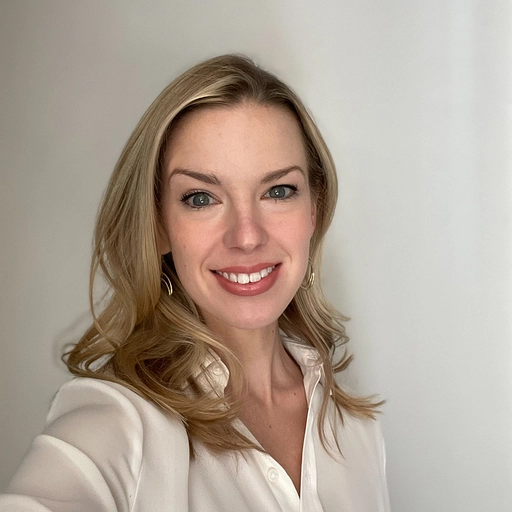I’ve just returned from MCN 2025 in Minneapolis, MN, a conference for cultural heritage professionals from museums and historic sites across North America. This year’s conference theme was Resilience and Resonance, a recognition of the challenging landscape faced by cultural heritage institutions–including incorporating AI into the cultural sector, advocating for and developing digital experiences, and navigating a complex social landscape.
This theme was put into sharp relief by the 30 missing attendees and presenters–employees of US Federal institutions currently furloughed during the government shutdown. Following three days of inspiring presentations and thoughtful conversations, I’m sure many folks left with a spark of inspiration for future thinking in museums.
There was good IIIF representation throughout the conference. Representatives from the J. Paul Getty Museum, Surface Impression, Urban Insight, and the North Carolina Museum of Art Foundation presented “IIIF Implementations, Approaches, and Outcomes: A Common Framework for Many Stories,” a look at three uniquely proportioned and challenging-to-display collection items made accessible via IIIF. Joe Bayer and Steven Gemmel (Getty Museum) presented their work on the The Bayard Album, a digital recreation of one of the world’s oldest photo albums. The interactive experience allows visitors to view the album as it once was, before it was disassembled for preservation. Amy Jiao (Surface Impression) showed off “All Together Now! Banners of the Labour Movement,” a digital exhibition for the Workers Arts & Heritage Centre of labor union banners, which at 6 ft wide and double sided, present a significant challenge to display. Kevin Kane (North Carolina Museum of Art) and Joe Bayer (Urban Insight) presented an annotated image viewer built for both web and an in-gallery kiosk experience to enrich the experience of viewing large collection items. Each beautifully demonstrated the ways IIIF unlocks access to collections to a wider audience.
3D was a running theme over the course of the conference. Representatives from the Williams College Museum of Art and the North Carolina Museum of Art (both institutions are IIIF adopters) presented their 3D digitization workflows and discussed their preservation plans for 3D assets. The team behind the Museums in the Metaverse project offered live demonstrations of their extended-reality cultural heritage platform that allows curators to build virtual exhibits across collections and institutions. Both presentations represented real future possibilities for IIIF 3D applications with the release of IIIF Presentation API 4.0.
The conversations regarding IIIF and museums continued at a IIIF Special Interest Group meet-up–an opportunity for new and prospective implementers to connect and share knowledge and experience. The IIIF SIG is newly reenergized, and should be a space for the MCN and IIIF communities to advance IIIF adoption and learn from each other.
In all, MCN was an inspiring place for curators, researchers, and technologists to share their work and their struggles. Given the challenging landscape for museums–particularly in the United States–these opportunities for collaboration are increasingly valuable.
